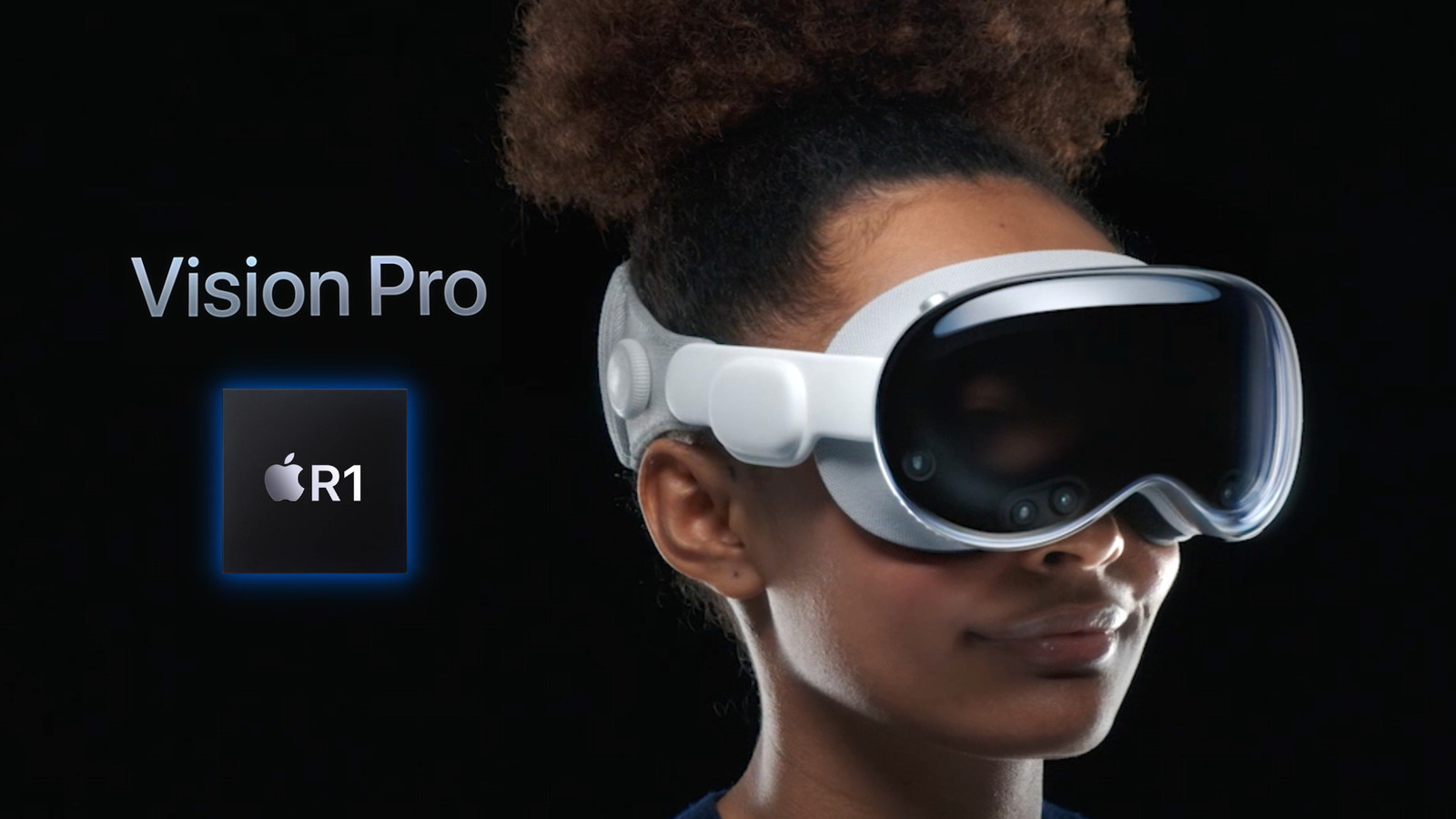What Is The R1 CPU Found In Apple’s Vision Pro Headset? – SlashGear

In the official press release, the company mentions that Vision Pro features an “entirely new input system controlled by a person’s eyes, hands, and voice.” However, to interpret these movements as inputs, the headset must capture and process them in real-time. Otherwise, users would experience a significant lag, which could result in motion sickness. Fortunately, Apple gave a fair thought to this, and to provide the best possible mixed-reality experience, it designed the new R1 chip.
The R1 chip “processes inputs from 12 cameras, five sensors, and six microphones.” These are not regular cameras or sensors. Apple mentions that it has equipped the device with the TrueDepth camera system and a LiDAR sensor to understand the three-dimensional space around users. Along with M2, the R1 chip also powers features like Immersive Environments that let users control the level of immersion in AR with the Digital Crown, spatial FaceTime, and new app experiences.
If that isn’t impressive enough, the R1 chip does it all within 12 milliseconds. For reference, an average blink of an eye lasts about 100 milliseconds, meaning that the R1 chip receives, processes input, and streams the new images at a speed about eight times faster than the blink of an eye. In other words, the Vision Pro should be able to follow users’ head and eye movements with negligible lag, reducing the chances of feeling uncomfortable.
For all the latest Gaming News Click Here
For the latest news and updates, follow us on Google News.

